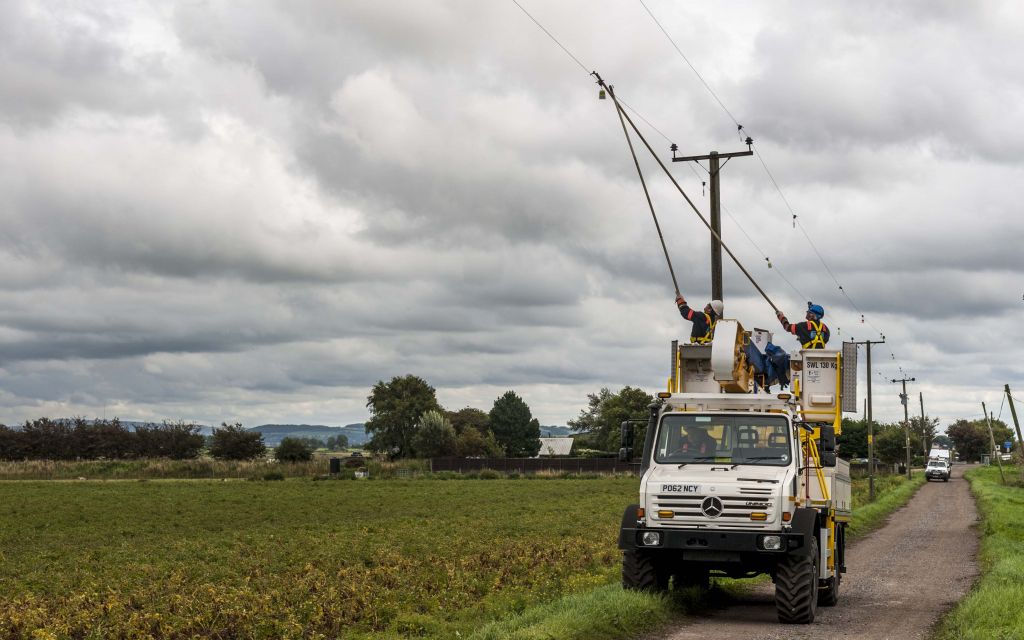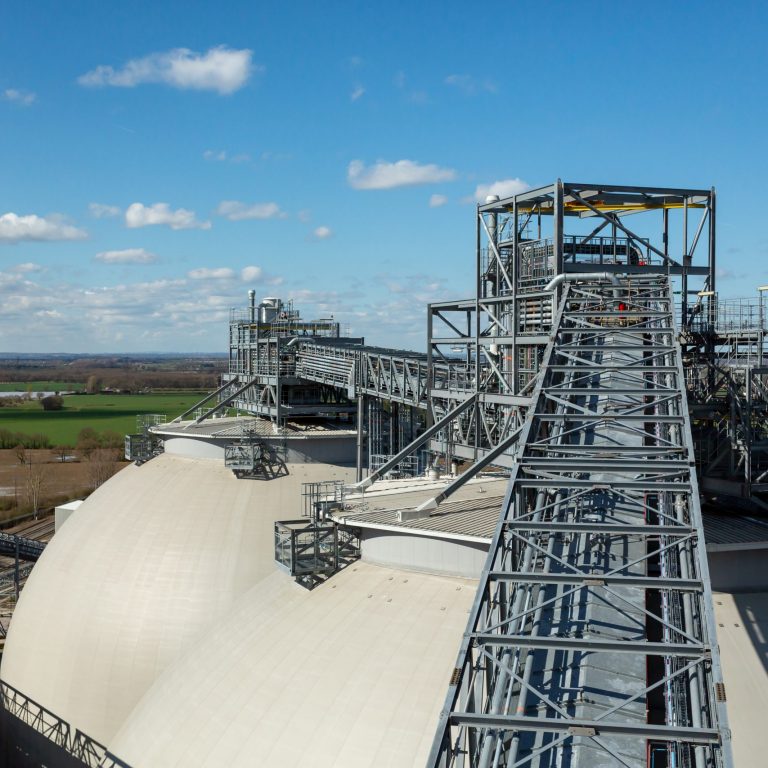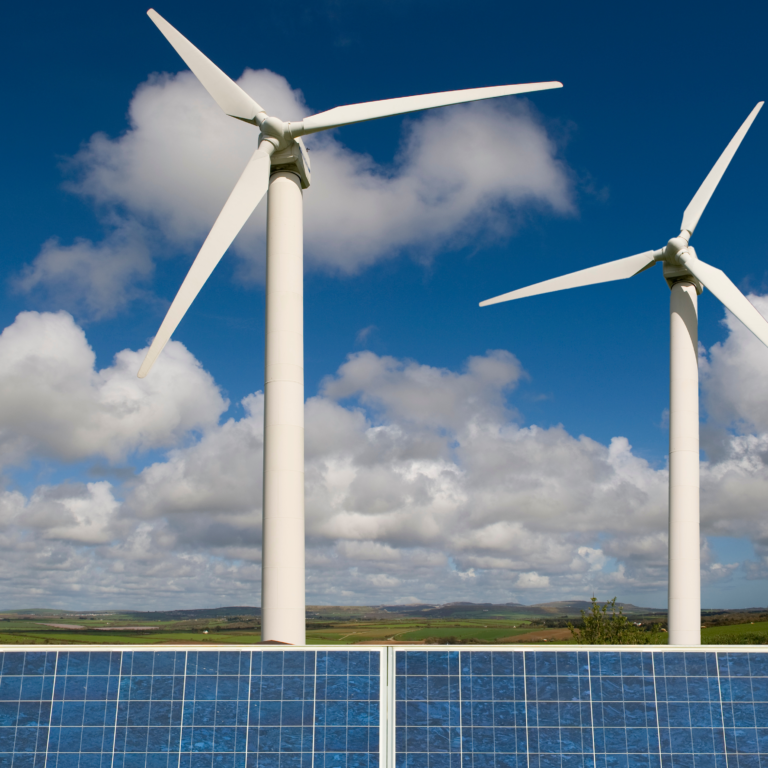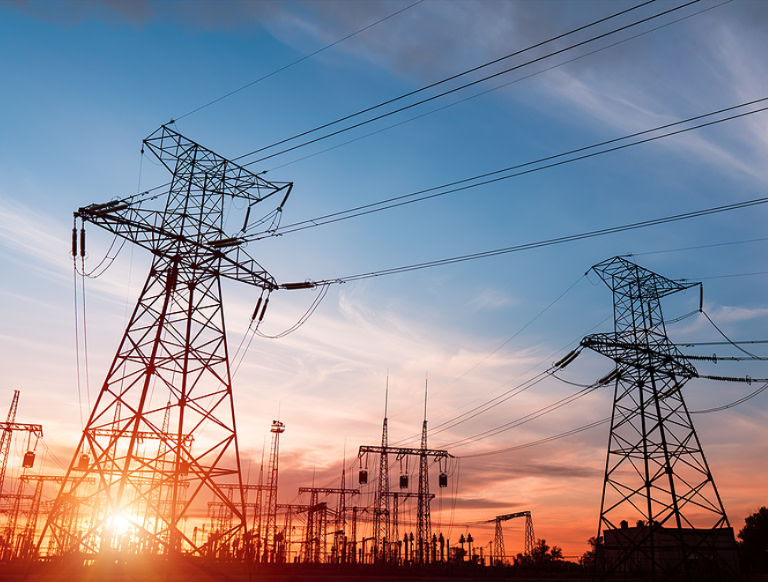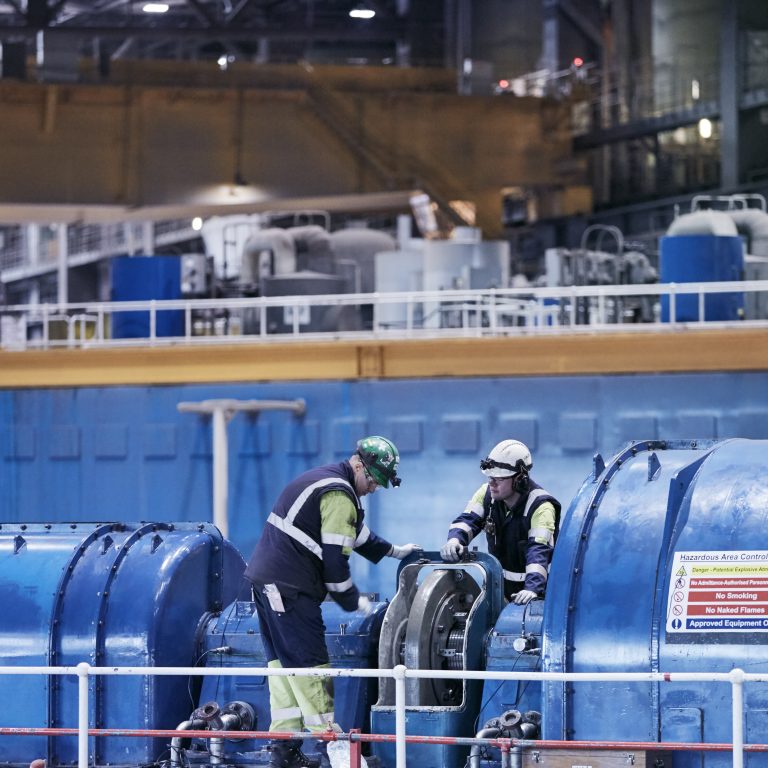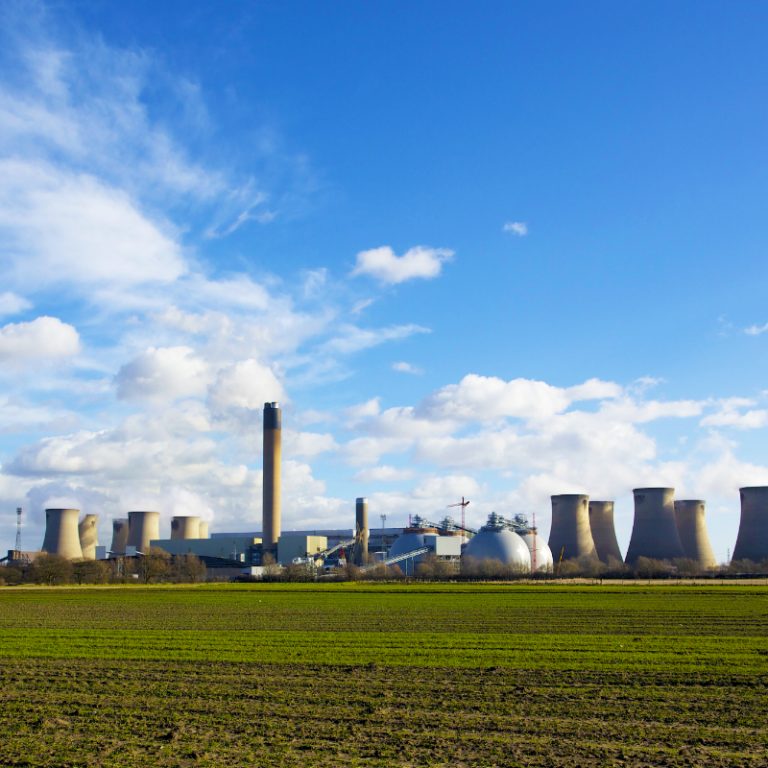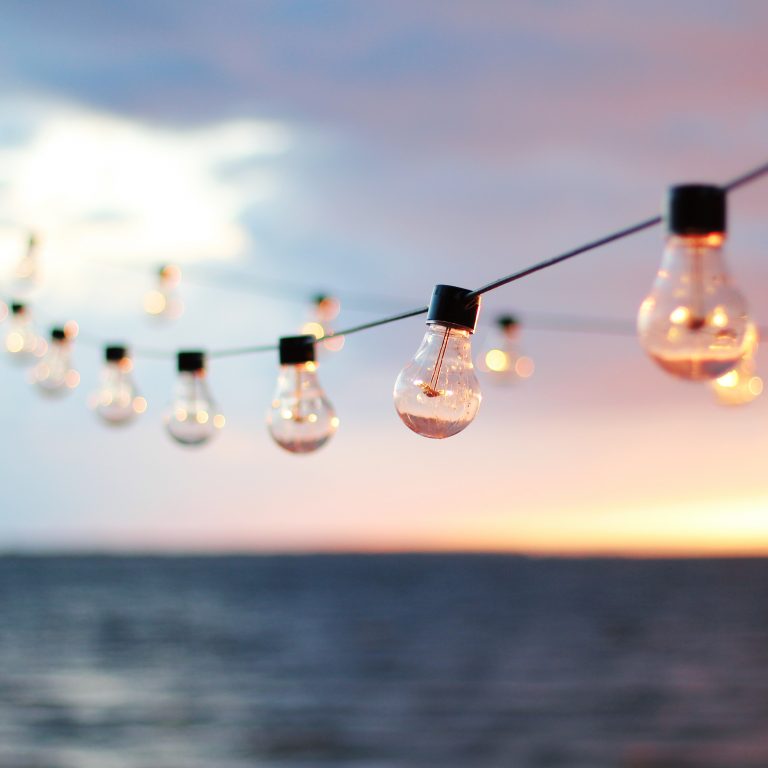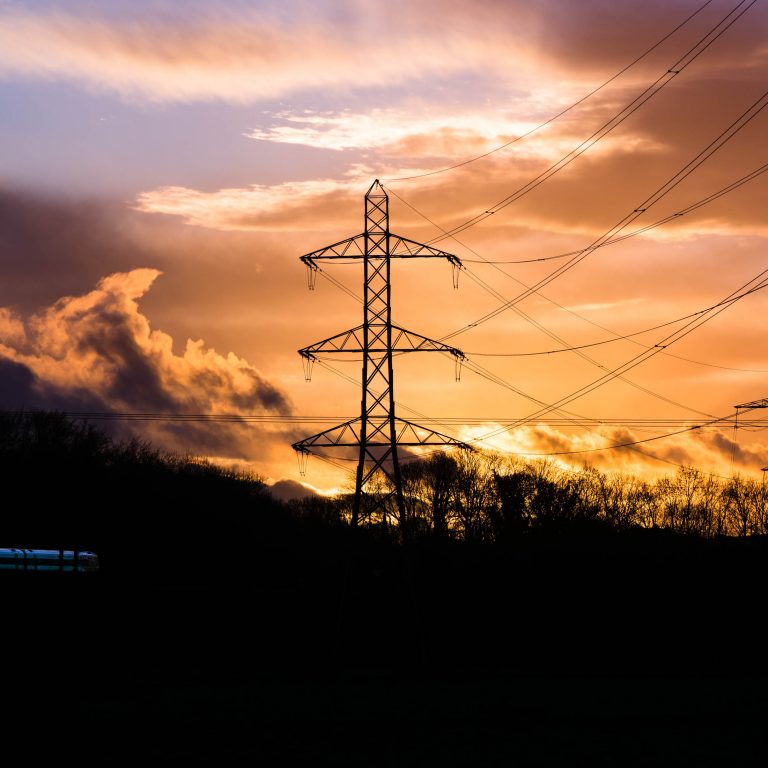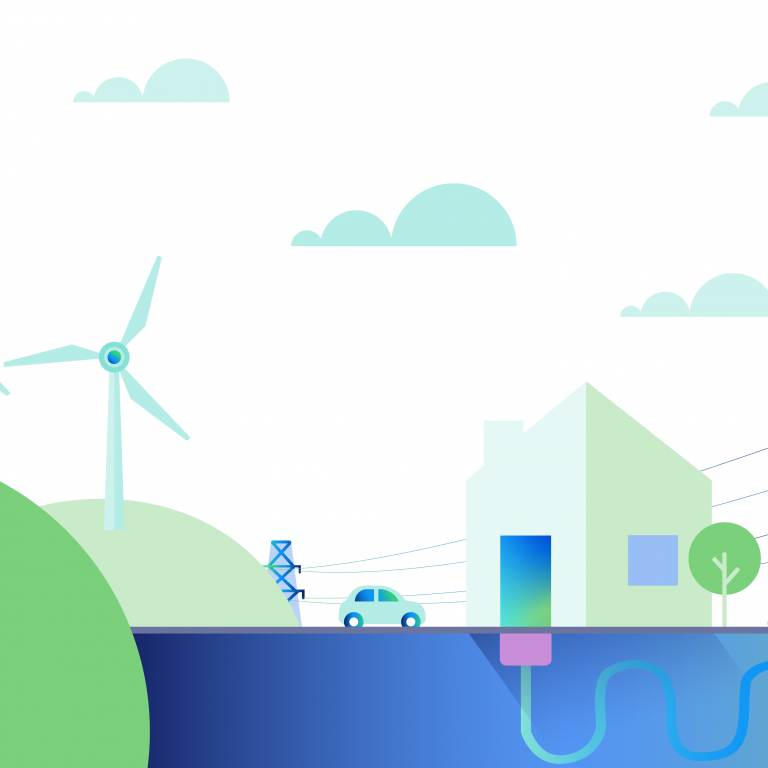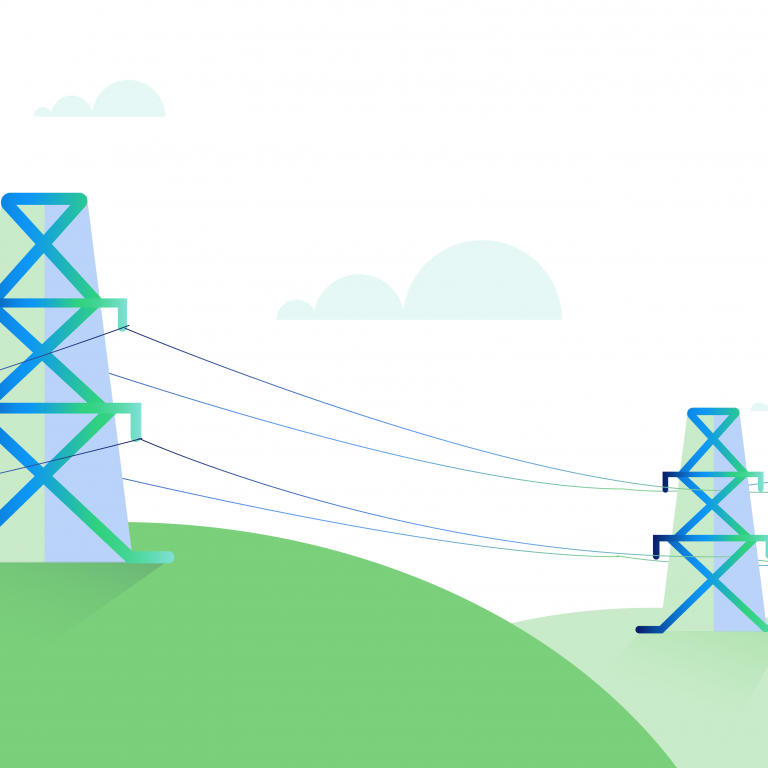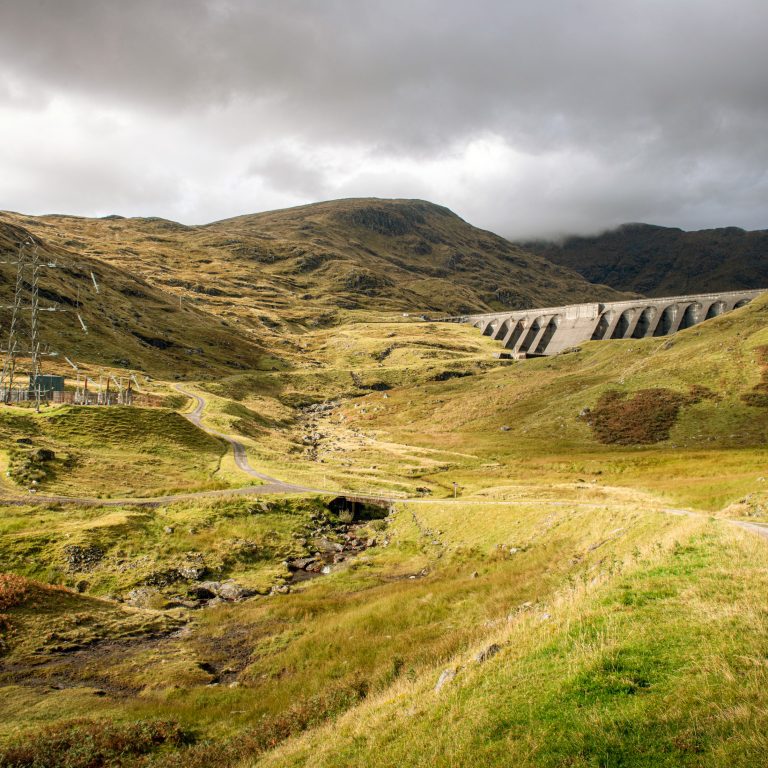Britain’s electricity network is a lot like its roads. For long distance, high-speed journeys, the road network has motorways – the electricity network’s equivalent is the National Grid, which transfers power across the country at extremely high voltages (between 400,000-132,000 volts) and high speeds.
For shorter journeys at progressively lower speeds, the traffic network has ‘A’ and ‘B’ roads. These are the regional distribution networks.
These regional distribution networks take power at 132,000 volts and transform it down in stages to 230 volts and make the link from the National Grid to local distribution systems that deliver electricity to homes and businesses.
And while these A and B roads of electricity may be one of the most important parts of getting electricity from power station to plug, very few people spare them any thought.
Electricity in the north west
“When the government first privatised the electricity network in 1989, it set up different distribution regions to provide national coverage through a series of similarly-sized regions,” says Pete Emery, Senior Director of Electricity North West.
Today each part of the UK is served by one of 14 different regional networks and in the north west, across the Pennines from where Drax Power Station operates in North Yorkshire, that’s the job of Electricity North West. It was formed in 1995 and today delivers around 23 terawatts of power to 2.2 million homes and 200,000 business every year.
It does that using a vast network of more than 13,000 km of overhead cables, 44,000 km of underground cables (making it the second most underground electricity network in the UK behind London) and more than 34,000 transformers, which work to convert the electricity from transmission voltage to one that can be used in UK homes.
The scale of infrastructure needed to create these regional networks mean that each one is a ‘natural monopoly’. In this case, it’s a monopoly that benefits customers.
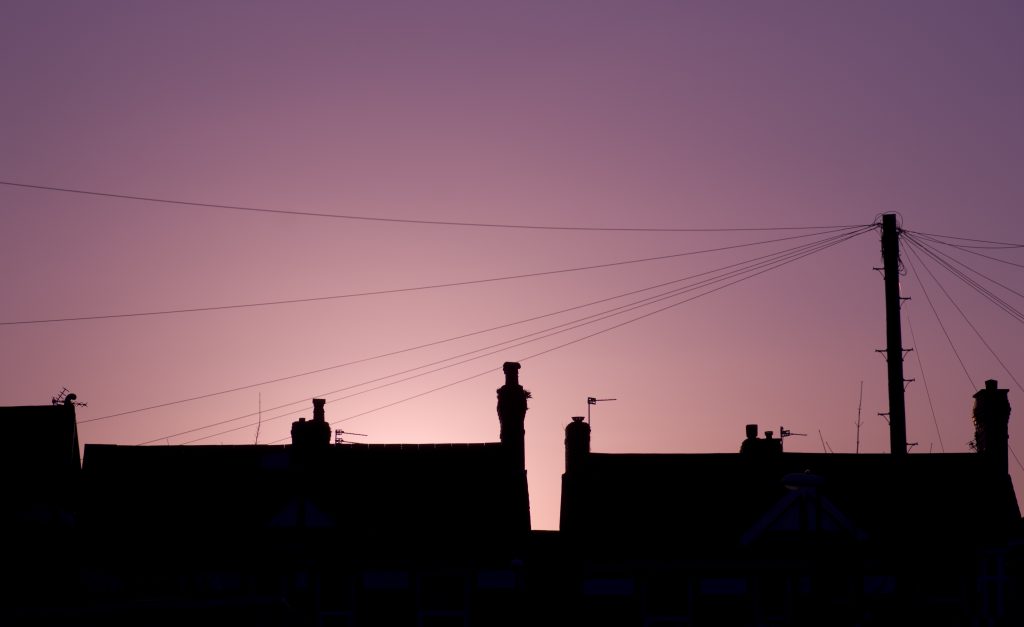
A ‘natural monopoly’
“A natural monopoly is when the cost of duplicating the assets needed to provide the service outweighs the benefits of efficiency that having competition would provide,” explains Emery. “So it is in the public interest to have only one provider.”
For decades, each regional distribution network has operated the same way, delivering power consistently to UK homes. But as the country moves into the future of cleaner, more sustainable energy, these grids are changing rapidly.
The potential proliferation of battery technologies, and the increasing variation of power sources and their demands on the grid mean changes are in store for distributors like Electricity North West.
One such factor already having an effect is embedded generation. Across the country there are sources of electricity generation that aren’t connected to regional distribution networks – for example, private solar panels on domestic roofs, wind turbines on private land, or small-scale power stations connected to a single, private distribution network. And when there is excess electricity generated from these sources, it can be sold back to electricity suppliers. In the north west, this embedded generation is fed back into Emery’s network.
“In our region alone, we have 2,200 MW of embedded generation – more than half the capacity of Drax Power Station – which means we already manage and control the power this input brings to the electricity system,” says Emery. “They are invisible to National Grid. This is a radical change and it’s happening now.”
Regardless of what’s to come, what’s certain is there’ll be traffic on the A roads of electricity.







